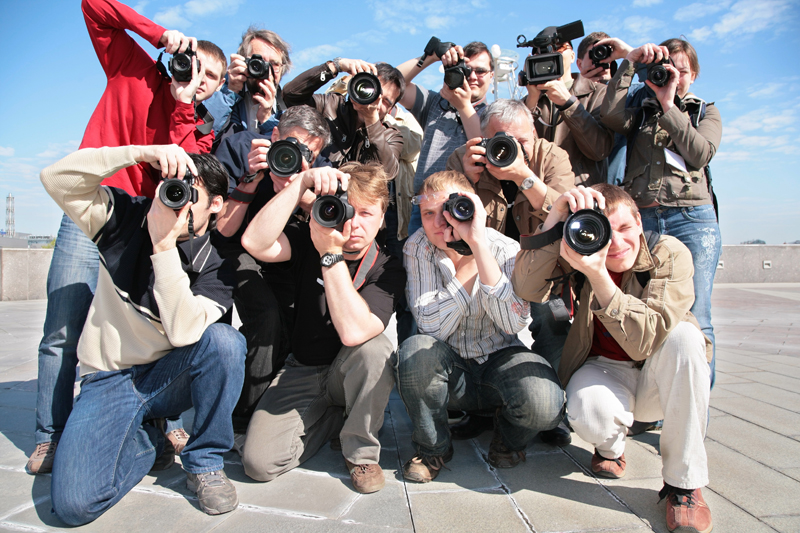Model Releases and Why You Need One

In order for a photographer to publish an image of a person, or use the image for commercial purposes, it’s good practice for them to get permission from the model. This permission is in the form of a physical document (or a digital app) and is referred to as a “model release”. A signed model release is there to protect the photographer and model from any future disputes regarding permission to use the photograph. Stock agencies and magazines etc. may ask to see releases to ensure that images may be used.
A model release is not just for working models but also for anybody who is being photographed, so don’t be fooled into thinking you only need one if you are using a professional model.
So what is in a basic model release? A model release will normally ask for the photographer’s name as well as the model’s name, address and telephone number. Some model releases will ask for additional information such as the models date of birth and email address. If the model is a minor then a parent or guardian will also need to sign the release.
Model releases for commercial shoots will normally require a lot more information such as where the images will be used (publications, websites, promotions, advertising etc.) for how long, what country and so forth.
If the release is for a specific shoot then the location, name of the shoot and any other details pertaining to the shoot will be included.
Model releases range from simple documents to something that you would need a lawyer to translate. It’s better to have something that covers the bases, but is not too intimidating for the model that will be signing it.
Many photographers who are just starting out don’t even think about model releases when taking photos of people, or may not even know that such a document exists. They may be disappointed later on if they have great pictures that can’t be published because permission was not been given.
So, what is the best way to be prepared? I would suggest buying a digital model release app {easy release, top model, model release master) or to carry spare printed copies with you whenever you go out and shoot.
To clarify model releases a little further, it is important to understand that it isn’t the picture that you need the permission for, but rather the way in which you will use the image. If you intend to use the image for commercial purposes or for profit, you will always need a release. In my opinion it’s good practice to get one, even if you are not sure of how it will be used, just to cover yourself. So, when in doubt, get a signature on the dotted line first before you pick up your camera.
A model release is not just for working models but also for anybody who is being photographed, so don’t be fooled into thinking you only need one if you are using a professional model.
So what is in a basic model release? A model release will normally ask for the photographer’s name as well as the model’s name, address and telephone number. Some model releases will ask for additional information such as the models date of birth and email address. If the model is a minor then a parent or guardian will also need to sign the release.
Model releases for commercial shoots will normally require a lot more information such as where the images will be used (publications, websites, promotions, advertising etc.) for how long, what country and so forth.
If the release is for a specific shoot then the location, name of the shoot and any other details pertaining to the shoot will be included.
Model releases range from simple documents to something that you would need a lawyer to translate. It’s better to have something that covers the bases, but is not too intimidating for the model that will be signing it.
Many photographers who are just starting out don’t even think about model releases when taking photos of people, or may not even know that such a document exists. They may be disappointed later on if they have great pictures that can’t be published because permission was not been given.
So, what is the best way to be prepared? I would suggest buying a digital model release app {easy release, top model, model release master) or to carry spare printed copies with you whenever you go out and shoot.
To clarify model releases a little further, it is important to understand that it isn’t the picture that you need the permission for, but rather the way in which you will use the image. If you intend to use the image for commercial purposes or for profit, you will always need a release. In my opinion it’s good practice to get one, even if you are not sure of how it will be used, just to cover yourself. So, when in doubt, get a signature on the dotted line first before you pick up your camera.

Related Articles
Editor's Picks Articles
Top Ten Articles
Previous Features
Site Map
Content copyright © 2023 by Ewa Sapinska. All rights reserved.
This content was written by Ewa Sapinska. If you wish to use this content in any manner, you need written permission. Contact Ewa Sapinska for details.




